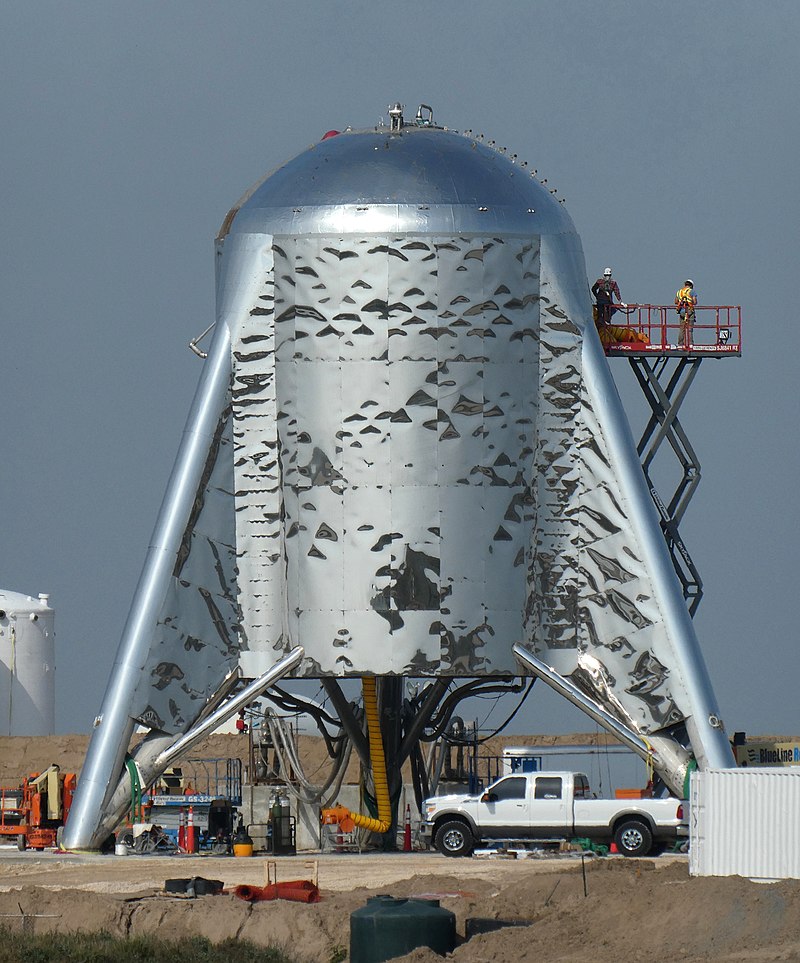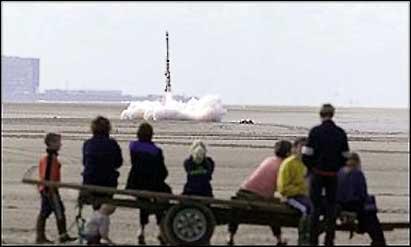A kilo in orbit
2019/11/18 Roa Zubia, Guillermo - Elhuyar Zientzia

The Apollo program is a good example. Americans have been the only ones to get people out. But this has not been because they are the best in astronautics. There are good people everywhere. This is because only they contributed all the necessary money. Throughout the Apollo program, its development and its 17 missions, $25 billion was spent.
The space is very expensive. But how much? Astronautics specialists use a measure to respond. The measure is how much it costs to put a kilogram into orbit around the Earth. And today, putting a kilo in orbit costs about 10,000 dollars.
The point is that over time that has not changed. 30 years ago, a kilogram in orbit cost $10,000. Time and technology have not reduced the price. And according to some experts, this has limited the ability to test innovations in space.
However, it has become a goal: there are projects to put a kilogram into orbit at low cost. Some agencies and private companies are developing projects for this purpose.
Scientifically, the idea of space planes is in the minds of engineers, that is, that ships that launch into space can land again to go out into space. Totally or partially. It is the idea of the NASA ferry, but they launch on their own. And cheaper than them.
I know, there are three projects underway. The first, the ship XS1 of the US agency DARPA. It is a spacecraft with capacity for 10 flights for 10 days. The second is from the company Space X, millionaire Elon M. The Starhopper ship is in development. They say they want to take people to Mars on the Starhopper and also half an hour flights from New York to Shanghai. But all this is for now advertising. And the third is the large and large New Glenn vessel of the private company Blue Origin. One part will be recovered on each flight and another part will be lost.
Now these three projects are still in their first steps. Starhopper tested a few seconds in April in South Texas. He took off, climbed a few meters and returned to the ground. The video is on YouTube, it becomes rare for its shape. But well, it was just a test. The three spacecraft still have to do many tests, that the XS1 will begin next year and will be held at the New Glenn 2022, they say.
How much then will it cost to put a kilo into orbit if they succeed? Well, I only have one XS1 data. The most optimistic calculations claim that putting a kilo in orbit will cost them about 2,200 dollars. We will see.

Gai honi buruzko eduki gehiago
Elhuyarrek garatutako teknologia




